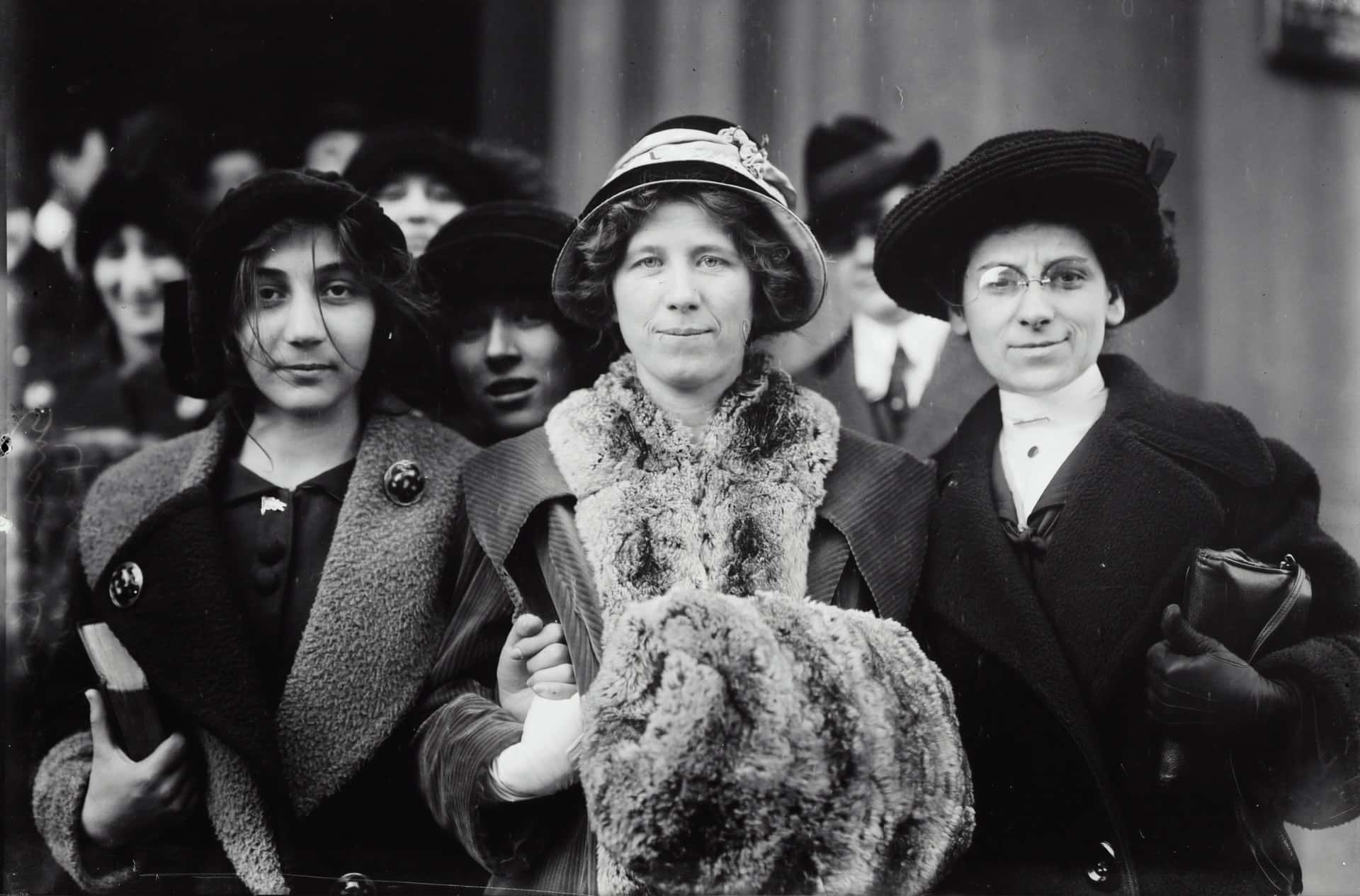One of the classic debates in the current scenario is product owner vs product manager. Several questions that come to mind are:
Who oversees what? What’s the exact difference between these two product management roles? Can one survive without the other?
The people working in these roles would have different aspects to these questions when asked, especially if it is about their role that is being evaluated!
These two roles operate differently in different companies, so there is no black or white answer to who must be part of running the product show.
- Introduction
- Who is a Product Manager?
- Product Owner vs Product Manager
- Roles and Responsibilities of Product Owners and Product Managers
Introduction
Several factors play a major role to decide what a product owner vs product manager does, such as:
- How well-established a product is?
- How large is the business?
- The structure of the company itself
- Usage of Scrum and Agile practices
- Vision or philosophy of the company
The main purpose of any business is to create products that offer meaning and service to its customers and investors of the company. This can be achieved by keeping in mind basic things like making sure product features are optimized and delivered on time. This is extremely difficult to do if there is a problem between positions.
To divide the rift, let’s try figuring out the difference between a product owner vs product manager.
Who is a Product Manager?
A product manager is in charge of a product’s strategy and roadmap right from its ideation phases to it’s development and commercialization among others. The product manager is in charge of the product from end to end. Product managers examine market and competitive situations before laying down a product vision that delivers unique value based on client needs.
Their responsibilities include:
- Defining performance indicators for a product’s success.
- Understanding customer requirements and communicating the same to the product team.
- Developing a product vision
- Working with other teams like design, marketing, engineering etc. towards developing and testing a product and product strategy.
- Creating and maintaining a product roadmap
- Keeping track of the progress of the product
- Researching for new ways to enhance products whilst also keeping an eye on the performance of fellow competitors
- Communicating with stakeholders
Product Owner vs Product Manager
So the key point here is that successful delivery is dependent on the fact that both the product manager and product owner should have the same goal. Though the product manager and product owner play different roles within the process of product management, the end goal is the same for both. The role of agile product owner and project management must be in sync to have a successful delivery.
Product management discipline is not new. Most Silicon Valley companies have had Product Managers from the start. In the current scenario, it is evolving rapidly as more companies start shifting into software organizations and start structuring themselves around products.
Scrum, which was introduced just before the Agile Manifesto was written in 2001, introduced the concept of a Product Owner. The product owner in the scrum was identified as a person who was a proxy for the customer and would tell the developers the requirements for what needed to be built. Earlier, the Product Owner was the customer — an internal person in the business who would sit with the team and prioritize the backlog of work.
In the Scrum literature, the role of the Product Owner includes three main responsibilities which are the following:
- Defining the product backlog and creating actionable user stories for the development teams. (Now it depends on the scrum training as to who creates the user stories)
- Backlog grooming and prioritizing the work.
- Acceptance of the completed user stories to make sure none of the requirements are missed.
Scrum majorly covers the information about the processes and responsibilities of what to do as a Product Owner, but still, there are lots of questions unanswered that are important for creating successful products. The major one is around “How should we assure that the product that we are building is a manager of Product Managers, a person might be the right product?”
This is where the Product Management team comes in. A good Product Manager knows how to prioritize work against clear outcome-oriented goals. He discovers and validates real customer and business value, and the processes that are needed to reduce the uncertainty that the product will succeed in the market.
Without this background in Product Management, a person can effectively go through the motions of the Product Owner role in Scrum, but he/she can never be successful in making sure they are building the right thing.
Product Owner is one of the roles on a Scrum team, whereas Product Manager is the job.
Think of a scenario where you don’t have a scrum team, and also if you take Scrum away as a process for your organization, still you are a Product Manager. Product Management and Scrum together work well but make it clear that Product Management is not dependent on Scrum. For successful and impactful deliveries, it should exist with any framework or process.
Roles and Responsibilities of Product Owners and Product Managers
The roles and responsibilities of a product manager changes depending on the context and the stage of your product. Without a Scrum team, you might be doing more strategy and validation work with problem discovery in a product that has not been defined yet. The scenario changes with a Scrum team, where a person is more focused on the execution of solutions. A person, as a manager of Product Managers, might be leading strategy for a larger part of the product along with coaching the teams to discover and execute well.
This is taught differently in the SAFe environment. In SAFe, Product Managers are the managers of Product Owners and majorly hold the responsibility for external facing interactions and work. Their responsibility is to interact with the customers and define the requirements and scope of the products that are to be built. This information is then communicated to the Product Owners. So we can say that the Product Owners are an internal-facing entity who define the components of the solution, and also work with developers to ship it.
To effectively talk to customers, understand their problems, and help to define the solutions with the team, a good strategy should be in place along with prioritization around key goals. According to Scrum Inc, the Product Owner should spend half their time talking to customers so that the key goals of the product are clear, and a half working with the team. This direction is good. How much work will be internal or external will shift depending on the maturity and success of your product.
The Product Managers in senior roles are focused to majorly concentrate on defining the vision and strategy for the teams that are based on market research. A clear understanding of company goals and strategy, and the current state of success of their products will also help tremendously. The Product Managers help in validating and contributing to that strategy for future products, without any Scrum teams to work with or with smaller teams. Once the direction is validated, larger Scrum teams around these people are built to deliver solutions.
Depending on the stage of your product, it is very important to have flexibility in team size. Assume you are a senior member of an organization, you give a Product Manager a large Scrum team’s backlog to keep filling while you are in discovery mode, they will keep that backlog filled. In addition to this, the product manager will also be torn between keeping work flowing to the developers and trying to do the work to validate direction. As a result, none of the things are done well.
If you are passionate about building products that create value for your businesses and customers, you should have a good Product Management foundation in your company. To learn more, you can take up the PG Program in Product Management and Analytics offered by Great Learning and upskill today.









